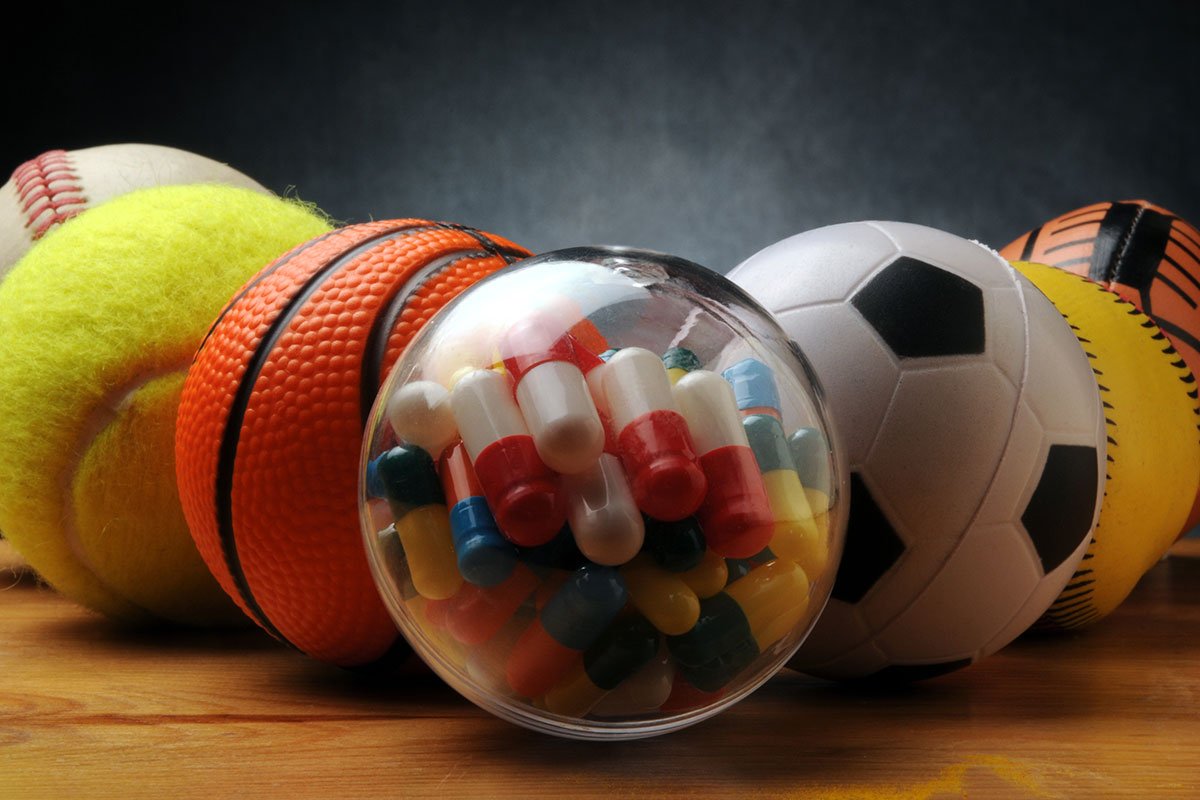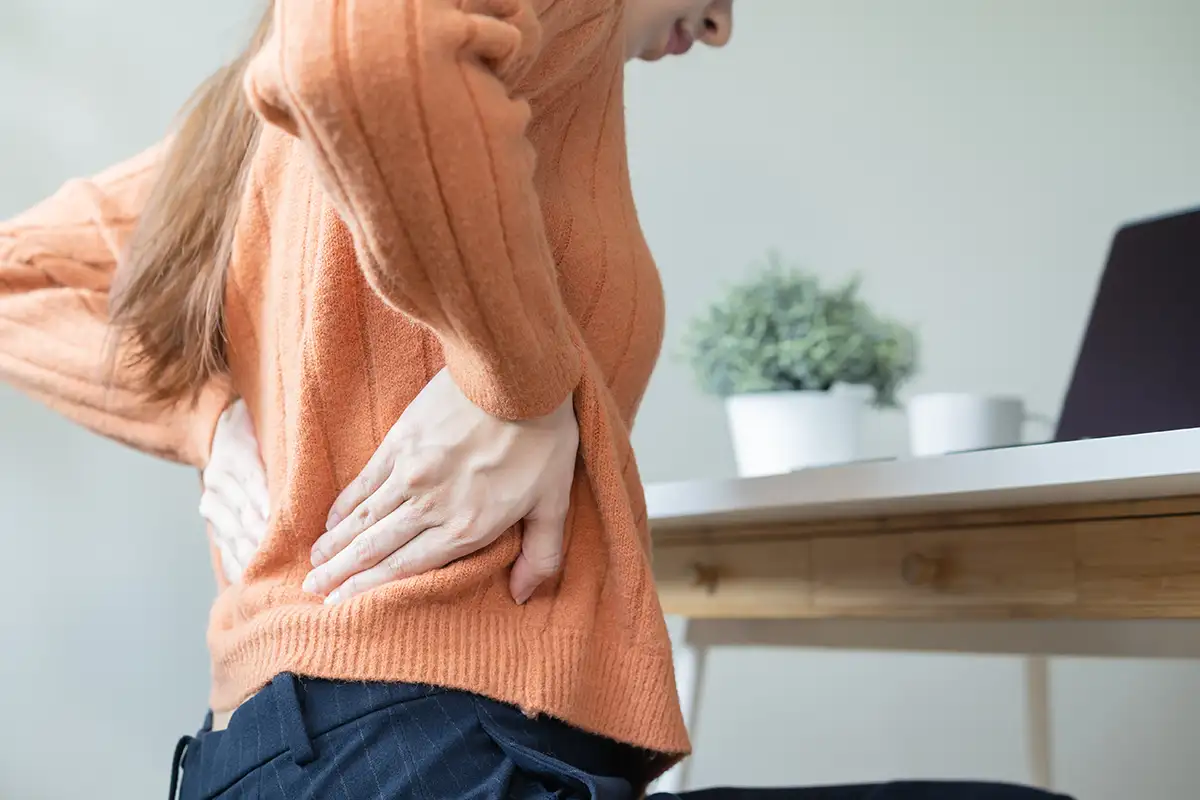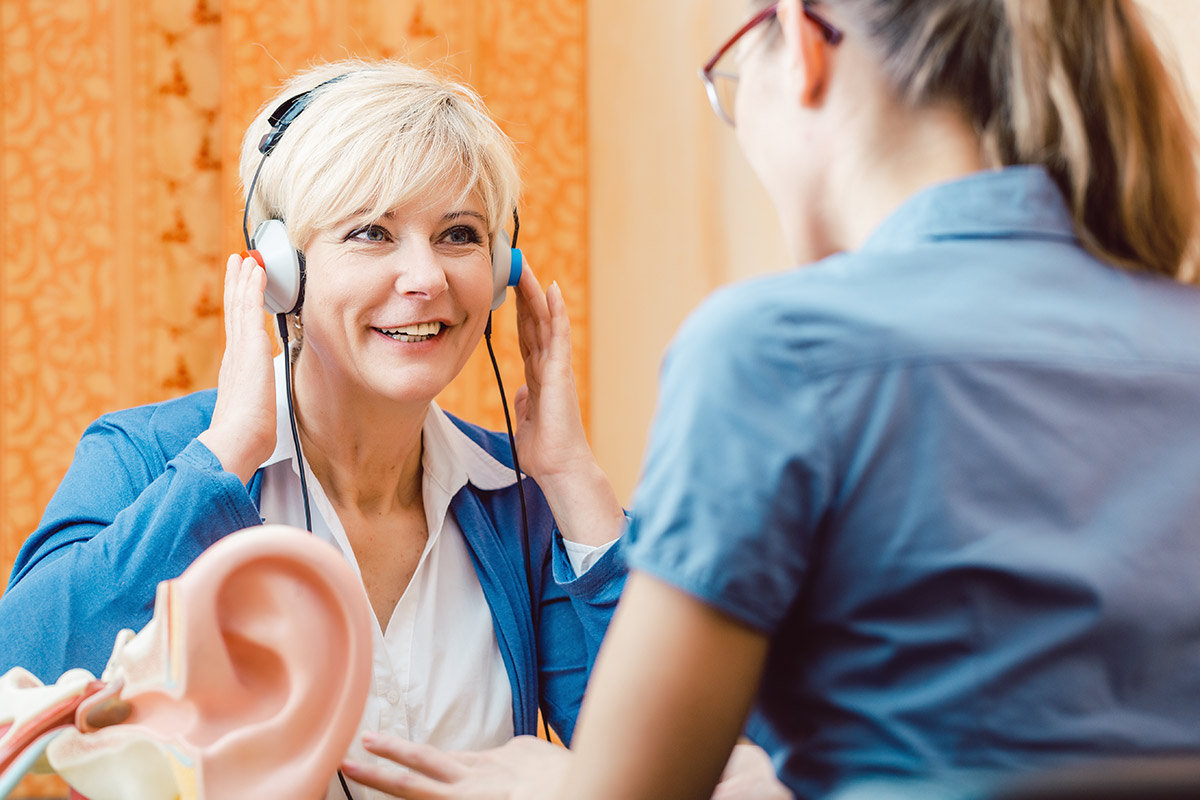
Playing school and club sports can keep young people in shape, build their confidence, teach them teamwork and provide them with a circle of friends. But there is a relatively new—and growing—health risk that can come with these worthwhile benefits: the potential for students to become addicted to opioid painkillers often prescribed for sports injuries.
If this seems a tad paranoid, consider that Americans constitute 5 percent of the Earth’s population but consume 80 to 99 percent of the world’s supply of these highly addictive drugs, and that drug overdose deaths involving opioids among 15- to 19-year-olds tripled between 1999 and 2015, according to the Centers for Disease Control and Prevention.
Students abuse opioids such as hydrocodone and oxycodone for many reasons, some of them being to get high, to relax, to study or because their peers told them about them. Whatever the reason, it doesn’t take much to become physically dependent.
Moreover, these painkillers can lead to heroin use: Three out of four heroin users formerly used prescription opioids.
As a physician board-certified in pediatrics, I have witnessed firsthand the rise in opioid addictions in young people, and I know that athletes can be especially vulnerable. (It’s very common for varsity high school athletes to get injured, and if they need surgery, they are likely to be prescribed a post-op opioid for pain control.)
In my practice, we have reduced our use of opioids by 70 percent since 2012, and the epidemic has caused many other physicians to be mindful as well. Nevertheless, these drugs are still over prescribed.
In my mind, the most egregious issue with opioids is the quantity of pills prescribed. Sometimes these drugs are necessary, but patients often receive a much greater quantity of pills than is warranted. Sensitivity varies, but some people can develop withdrawal symptoms after having taken opioids for only three to five days.
In November, JAMA Surgery published a study showing that for patients who were prescribed opioids after seven different surgical procedures, 42 to 71 percent of the drugs were unused. These remaining pills are often kept in medicine cabinets, and studies show that one-third of the young people that abuse these drugs get them from their own leftover prescriptions.
I’ve had parents tell me, “This other doctor gave us these, but I only let him have two days’ worth.” That’s a wise move and it’s one that I have done myself.
Not long ago, my 25-year-old son had a minor surgery and was prescribed 50 opioid tablets upon discharge. I took the bottle, left him three pills, and told him I was taking the rest and that he could probably take acetaminophen after the first two days. I was concerned not only about him becoming physically dependent, but also about him having extra pills around his apartment. He might not know if he has guests who take a look in his medicine cabinet for some “recreationals,” which is a common scenario. Even just one or two tablets, if taken with alcohol, could have tragic consequences.
For the record, my son was only a little sore after the first post-op day and never asked for more opioids.
When it comes to steering student athletes away from potentially abusing prescription medications, there are an assortment of precautions and things for parents to be aware of:
Use an ounce of prevention
Avoiding injuries where possible is both an obvious and effective solution. Encourage your young person to do the recommended warm-up and strengthening exercises that make the body more resistant to injury. If an injury does occur, like if your child gets tackled by the opposing team and twists an ankle, then he or she should not go back onto the field sooner than recommended. Doing so could lead to long-term pain and require more drastic treatment.
Consider alternative pain therapies
Do not set the expectation that your child should feel entirely pain-free while healing. Some degree of discomfort is OK. Alternative pain therapies such as massages, aquatic therapy, local heat or cool packs, physical therapy, specific stretching and strengthening exercises, and even yoga and mindful meditation can help your child reduce and tolerate their pain. Consult your physician about which of these might be helpful for your child.
Ask about alternative medications
Opioids are highly effective for acute pain, but they are not the only painkiller out there. A study published in JAMA in November concluded that combining acetaminophen with an NSAID (nonsteroidal anti-inflammatory drug) such as ibuprofen was just as effective as opioids in reducing leg and arm pain caused by sprain, strain or fracture. Ask your doctor about using these drugs instead of opioids, or switching to them after your child has taken opioids for the first few days. If you feel that your concerns are not being addressed, it’s OK to seek a second opinion.
Administer medication judiciously
Ask for the minimal amount without refills. If it turns out your child needs to be on an opioid for longer than a few days, that’s OK, but be sure to consult your physician about how to taper the dosage and wean them off the drug. Also, be sure to keep pills locked away when they are not being used and dispose of any unused pills appropriately. Consult the U.S. Food and Drug Administration website for safe disposal instructions.
Be aware of the signs of withdrawal
If your child has stopped taking an opioid and begins to feel depressed, has nausea or vomiting, body aches or diarrhea, he or she might be experiencing opioid withdrawal. Symptoms usually begin within 12 hours of taking the last opioid and can last for a couple of weeks. Withdrawal is typically not dangerous but can be very uncomfortable. Medications may help, as may non-pharmacologic strategies such as counseling, exercise, mindful meditation and acupuncture. Consult your physician first.
Talk to your student athlete
Start early. Try to discuss the issue in a non-judgmental way so that your child knows that they can talk to you if they are ever tempted or are already using opioids unhealthily. Your young person needs to know that you can help them. As a parent, it’s OK for you to tell your children that they cannot do certain things—but it’s most effective to give them a reason why. I often tell kids a story of what I have seen these drugs do to people. I tell them about a football player I knew who was a smart kid and went to college and did well, but ultimately suffered a knee injury that pulled him out of the sport. This young man had two surgeries, was prescribed opioids and became so addicted he started using the drugs to function. When his girlfriend broke up with him, he committed suicide under the influence of these drugs. This may seem like an extreme example, but it is not uncommon for people whose judgment is altered by opioids.
While this list of precautions might seem daunting, it needn’t be. If you are mindful about injury prevention, communicate openly about the risks involved with opioids, and are informed about how best to manage opioid use, there is no reason your student athlete cannot enjoy sports and remain drug-free.
To learn more about how opioids impact the teen brain, visit the National Institute on Drug Abuse. If your child has an addiction to opioids, you can find a treatment center by calling the Substance Abuse and Mental Health Services Administration’s national hotline at 1-800-662-4357 or by visiting their website.
 Carol Forster, M.D., is a Board-certified pediatrician trained in pharmacology and patient safety and the Physician Director of Pharmacy and Therapeutics/Medication Safety with the Mid-Atlantic Permanente Medical Group in the Washington, D.C., area.
Carol Forster, M.D., is a Board-certified pediatrician trained in pharmacology and patient safety and the Physician Director of Pharmacy and Therapeutics/Medication Safety with the Mid-Atlantic Permanente Medical Group in the Washington, D.C., area.



